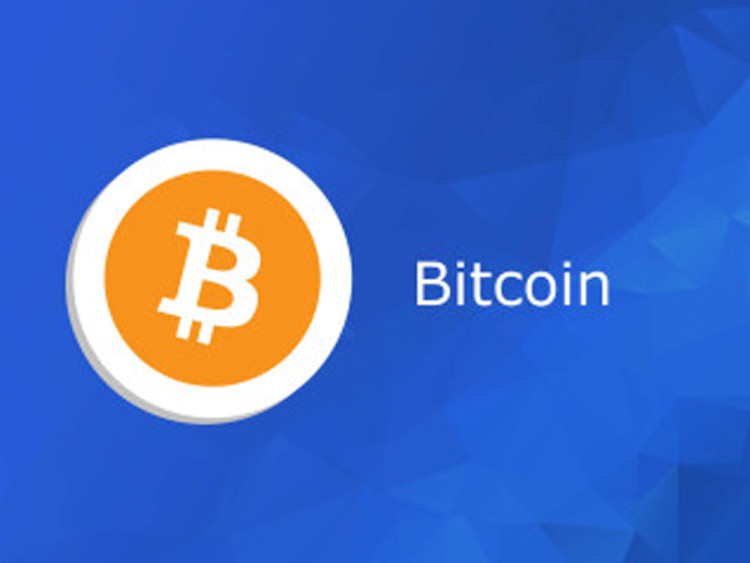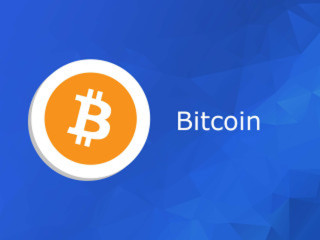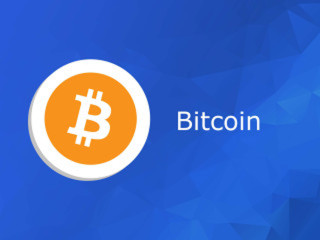
Bitcoin on-chain and options data hint at a decisive move in BTC price
05-31-2023BTC’s historically low volatility could abruptly change in June, with long-term holders making moves and options traders showing an uptick in bearish positions.
Bitcoin’s volatility has dropped to historically low levels thanks to macroeconomic uncertainty and low market liquidity. However, on-chain and options market data allude to incoming volatility in June.
The Bitcoin Volatility Index, which measures the daily fluctuations in Bitcoin’s BTC 
According to Glassnode, the expectation of volatility is a “logical conclusion” based on the fact that low volatility levels were only seen for 19.3% of Bitcoin’s price history.
The latest weekly update from the on-chain analytics firm shows that Glassnode’s monthly realized volatility metric for Bitcoin slipped below the lower bounds of the historical Bollinger Band, suggesting an incoming uptick in volatility.
Long-term Bitcoin holders metric points to a price breakout
The on-chain transfer volumes of Bitcoin across cryptocurrency exchanges dropped to historically low levels. The price is also trading near short-term holder bias, indicating a “balanced position of profit and loss for new investors” that bought coins during and after the 2021-2022 bull cycle, according to the report. Currently, 50% of new investors are in profit, with the rest in loss.
However, while the short-term holders reached equilibrium levels, long-term holders were seen making a move in the recent correction, which underpins volatility, according to the analysts.
Glassnode categorizes coins older than 155 days in a single wallet under long-term holder supply.
The gray bars in the image below show the long-term holder (LTH) binary spending indicator, which tracks whether LTH spending averaged over the last seven days is adequate to decrease their total holdings.
It shows previous instances when LTH spending increased, which was usually followed by a volatility uptick.
Bitcoin’s recent correction saw a minor downtick in the indicator, “suggesting 4-of-7 days experienced a net divestment by LTHs, which is a level similar to exit liquidity events seen YTD.”
The analysts expect a bout of volatility to reach an equilibrium level, where the market moves primarily due to the accumulation or distribution of long-term holder supply.
Options markets reaffirm traders’ expectation of volatility
The options market data indicates a similar theory about impending volatility.
The latest options market expiry for May turned out to be a dull event, despite a major expiration of $2.3 billion in notional value. However, prolonged compression of volatility can indicate a big incoming move in terms of price.
Bitfinex’s latest Alpha report shows that the DVOL index, which represents the market’s expectation of 30-day future implied Bitcoin volatility, slipped to 45 from a reading of 50 right before the expiry, which represents a yearly low.mplied volatility in options refers to the market’s expectation of the future volatility of the underlying asset, as reflected in the prices of options.
Bitfinex analysts said that low expectations of volatility can occur due to “upcoming events that are expected to move the market” or “increased uncertainty or risk aversion among market participants.”
Currently, the options traders are showing risk aversion and have increased their bearish positions, moving from May to June.
The put-to-call ratio for Bitcoin options increased from 0.38 to 0.50. A higher weight of put options shows that traders are increasingly turning bearish on Bitcoin.
Analysts at Bitfinex currently expect “potential market turbulence and short-term price fluctuations” in June, especially close to the expiry toward the month’s end.
The potential price levels that can act as a magnet according to options market positioning are the maximum pain levels for May and June’s expiration at $27,000 and $24,000, respectively.
Maximum pain, also known as max pain or option pain, is a concept used in options trading and refers to the price at which the buyers incur maximum losses.
Source: Cointelegraph.
More from this category

Bitcoin miners could dump $5B in BTC after halving: 10x Research
04-15-2024Bitcoin miner selling could last for four to six months after the halving, amounting to as much as $5 billion worth, according to an analyst. There could be a large outflow of Bitcoin BTC $64,883 fr...

Paraguay to reconsider Bitcoin mining ban, mulls selling energy to miners
04-11-2024Paraguay’s lawmakers have proposed an alternative to a controversial Bitcoin mining blanket ban and are set to debate the topic later this month. Paraguayan senators have halted progress on the propo...

Bitcoin 5% flash crash leads to $165M in leveraged crypto liquidations
04-02-2024Leverage traders are nursing losses of over $165 million as the price of Bitcoin tumbled 5%. A sudden 5% drawdown in the price of Bitcoin BTC $66,894 on Tuesday has seen traders with leveraged expos...